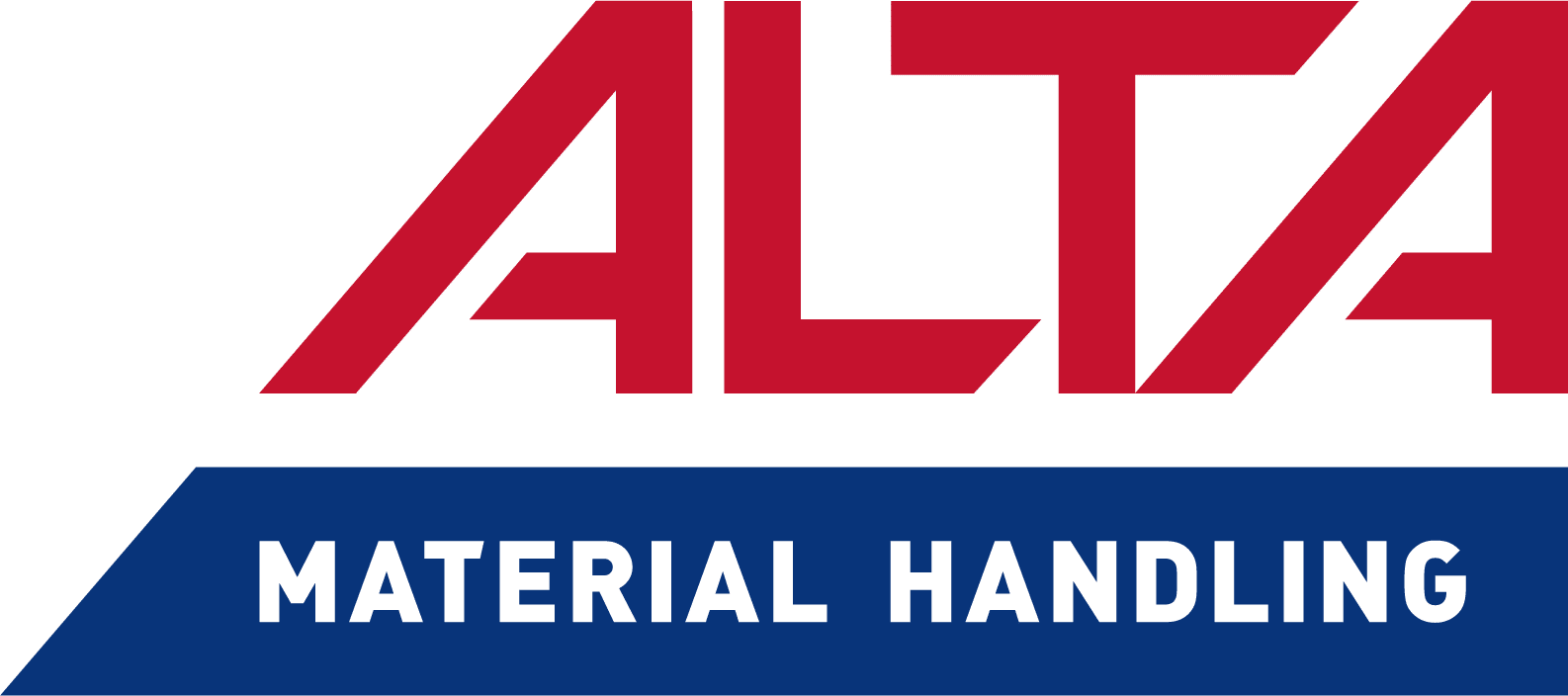At PeakLogix, we specialize in designing and installing custom material handling systems that fit the unique needs of warehouses, distribution centers, and manufacturing facilities. Our solutions range from cutting-edge tech like autonomous mobile robots (AMRs) to traditional automated systems that still play a crucial role in many operations.
This article explores how AMRs revolutionize warehouse automation with flexibility and scalability. We also recognize that traditional systems continue to offer value in specific settings where they remain the most effective option.
The Shift Towards Automated Mobile Robots (AMRs)
Automation is essential to keeping up with market demands, labor shortages, and the rise of e-commerce. Traditional systems like conveyors have long been the backbone of warehouse automation, but the need for more flexible and scalable solutions has led to the rise of Automated Mobile Robots (AMRs). By offering dynamic capabilities, AMRs represent the next step in Automated Storage and Retrieval Systems (AS/RS).
The overwhelming benefits of AMRs are the speed of deployment, real reductions in labor, high throughput, high accuracy and adaptability. Their modular nature allows facilities to scale operations incrementally, adapting to changes in demand and inventory without requiring costly infrastructure overhauls. AMRs also provide real-time data on inventory locations, enabling quicker decision-making and optimized workflows. This adaptability, a key feature of AMRs, reassures warehouse managers that these robots can handle environments where product lines and volumes frequently change, making them a preferred choice over traditional automation in many cases.
Features and Benefits of Modern AMRs
Modern AMRs have several advanced features that enhance warehouse efficiency. They use autonomous navigation systems powered by sensors and AI to move safely around the warehouse, adjusting to obstacles and changing layouts. AMRs support flexible storage by accommodating various shelf sizes and automatically adjusting to changes in stock levels. This flexibility extends to their picking processes, as they can identify and retrieve goods based on real-time order data, significantly reducing pick times.
Key benefits include:
- Increased Picking Accuracy and Speed: AMRs utilize precise navigation and intelligent picking algorithms to reduce human error, resulting in faster, more accurate order fulfillment. Warehouses can achieve over 99.9% picking accuracy with AMRs offered by PeakLogix.
- Enhanced Storage Density and Space Utilization: AMRs can maneuver through tighter spaces, allowing for more compact storage arrangements and maximizing warehouse capacity. This is particularly advantageous in facilities with limited square footage. Peaklogix clients have realized 75% reduction in storage footprint thanks to AMR solutions.
- Reduced Labor Costs and Improved Worker Safety: By automating the transport and retrieval of goods, AMRs minimize the need for manual labor in repetitive and strenuous tasks, reducing the risk of injury and freeing up employees to focus on more complex activities. Warehouses can achieve up to 67% reduction on labor costs with AMR systems offered by Peaklogix.
The technology used in these AMRs ensures they can handle a diverse range of storage needs, from small, lightweight items to bulkier goods, without being confined to fixed shelving or pathways.
Comparing AMRs to Traditional Automation
AMRs offer flexibility and scalability that traditional automated solutions like conveyors and fixed shelving systems cannot match. While effective for moving goods along a fixed path, conveyors lack the adaptability for dynamic warehouse environments. In contrast, AMRs can deploy quickly to navigate obstacles and different warehouse areas, making them the ideal choice for situations with fluctuating inventory, varying product sizes, and irregular order volumes.
Still, traditional automation has its place. For operations with high-volume, predictable workflows—such as processing large batches of identical products or consistent pallet movements—conveyors and fixed systems may provide a more straightforward, cost-effective solution.
PeakLogix recognizes that each facility has unique requirements and offers a full suite of automation options. Whether deploying AMRs for dynamic, flexible storage or utilizing traditional systems for stable, high-capacity operations, PeakLogix ensures clients receive a tailored solution optimized for their needs.
Key Considerations for Implementing AMRs
To ensure successful integration of Automated Mobile Robots (AMRs) in warehouses, evaluate the following:
- Warehouse Layout: Review the layout for your AMR navigation. Remove obstacles and design more efficient pathways for your warehouse robots.
- Inventory Characteristics: Understand your inventory to select AMRs that can handle different sizes and weights.
- Integration with Existing Systems: Ensure the AMRs will integrate well with your current warehouse and order management systems for optimal workflows.
- Scalability and Customization: Leverage the scalability of AMRs to expand their use as needed and customize them for the changing demands of your warehouse.
Addressing these points will help you make informed decisions, maximize AMR benefits, and support the facility’s automation goals.
Conclusion
Automated Mobile Robots (AMRs) are rapidly becoming essential in modern warehouse automation, offering unparalleled flexibility and efficiency. Their adaptability to changing layouts and varying inventory needs makes them a smart investment for many operations. However, traditional systems still play a valuable role in certain scenarios. At Peak Logix, we provide tailored automation solutions, whether you need AMRs, traditional systems, or a blend of both. To learn more, visit our Autonomous Mobile Robots page or contact us for a customized solution.





